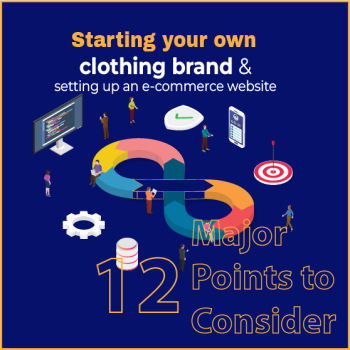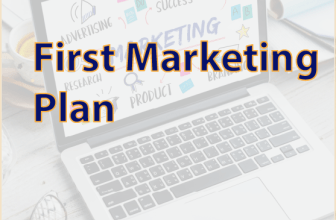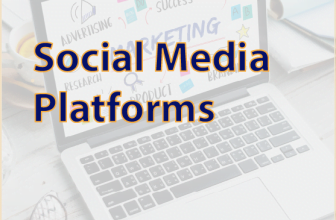Starting your own clothing brand and setting up an e-commerce website involves several key considerations. Here’s a brief overview of the main points to keep in mind:
- Business Plan and Brand Identity: Before diving into the practical aspects, it’s essential to have a clear business plan and brand identity. This includes understanding your target market, defining your brand values, and deciding on the unique selling proposition of your clothing line.
- Logo Design and Branding: Your logo and overall branding are crucial as they represent your brand’s identity. Ensure that your logo is unique, memorable, and aligns with the overall aesthetics and values of your brand.
- E-Commerce Website Development: Your website is your primary sales platform. It should be user-friendly, visually appealing, and optimized for mobile devices. Consider important features like easy navigation, high-quality product images, and secure payment options.
- Search Engine Optimization (SEO): SEO is vital for increasing your website’s visibility on search engines. This includes optimizing your website with relevant keywords, creating quality content, and ensuring a fast and responsive website design.
- Product Quality and Sourcing: The quality of your clothing will greatly influence your brand’s reputation. Choose reliable suppliers and ensure high-quality materials and production processes. Consider aspects like sustainability and ethical manufacturing, which are increasingly important to consumers.
- Inventory Management: Efficient inventory management is key to running a successful e-commerce business. This involves tracking stock levels, managing orders, and ensuring timely restocking to avoid overstocking or stockouts.
- Shipping and Fulfillment: Plan your shipping strategy, including shipping partners, costs, and delivery times. Offering various shipping options and clear return policies can enhance customer satisfaction.
- Marketing and Advertising: Develop a solid marketing strategy to reach your target audience. This could include social media marketing, influencer collaborations, email marketing, and paid advertising. Focus on creating engaging content that resonates with your audience.
- Customer Service: Excellent customer service is crucial for building trust and loyalty. This includes providing clear communication, resolving issues promptly, and gathering customer feedback for continuous improvement.
- Legal Considerations: Ensure you understand and comply with legal requirements, including business registration, tax obligations, and consumer law.
- Analytics and Feedback: Use analytics tools to track website traffic, sales, and customer behavior. Regularly gather customer feedback to understand their needs and preferences and make necessary adjustments.
- Scalability and Growth: Plan for the future growth of your business. Consider how you will scale up operations, expand your product range, and enter new markets.
Each of these points requires careful planning and execution. It’s important to research each aspect thoroughly and consider seeking professional advice or assistance where needed. Remember, the success of your clothing brand will depend on how well you understand and meet the needs of your target audience while staying true to your brand’s values and vision.







